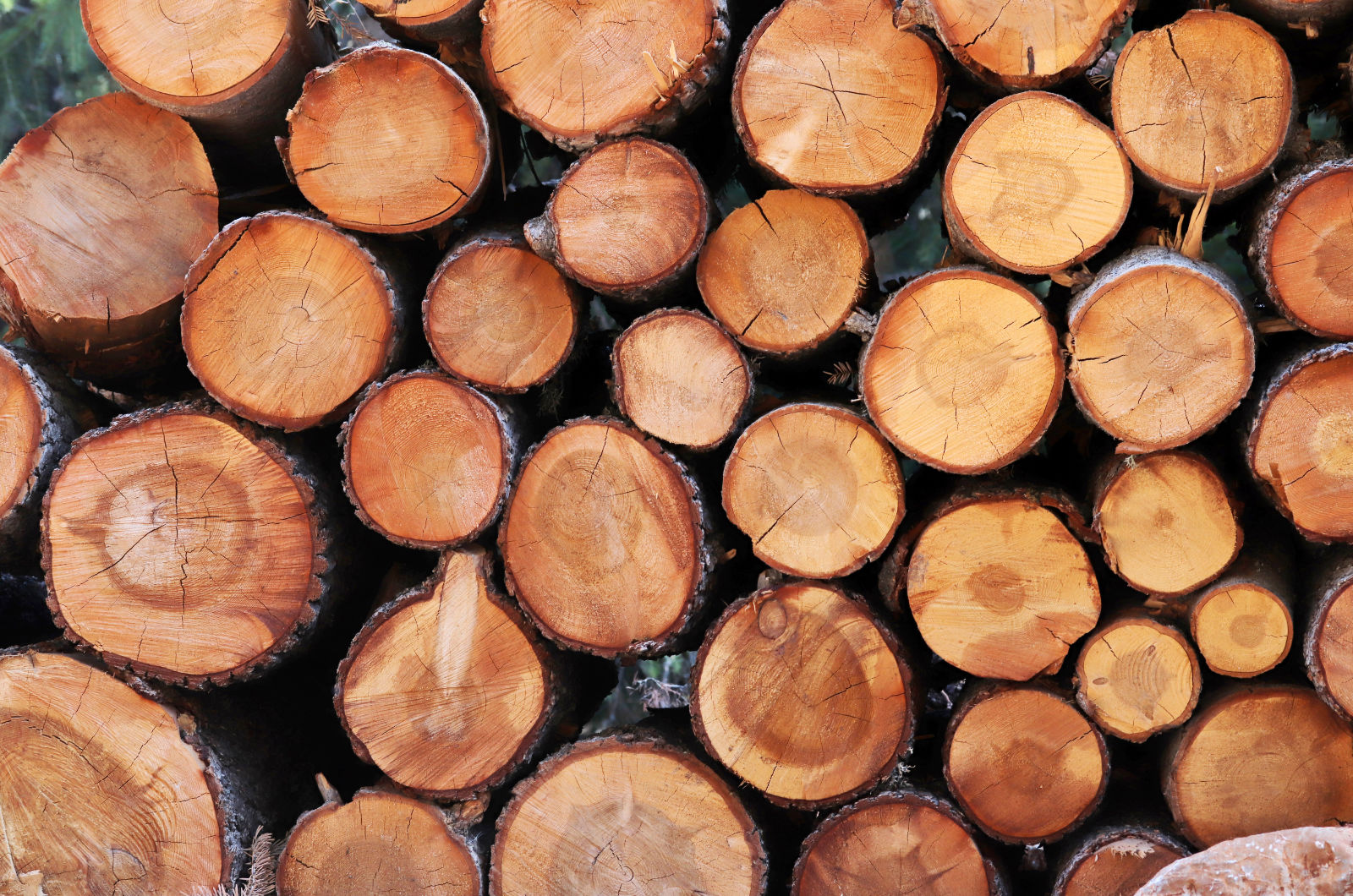
Forestry: efficiency vs. environmental protection
Forest owners face the challenge of managing forests sustainably and efficiently. Pest infestations, diseases and climate change threaten the forest. A rapid response is crucial to prevent spread and damage. Extreme weather conditions such as droughts require precise irrigation concepts in order to conserve resources and preserve ecosystems. At the same time, the risk of forest fires is increasing, which requires preventive measures. All of this requires comprehensive data collection and analysis to enable informed decisions, which were previously made difficult by the physical separation of office work and field work. Forest owners therefore need solutions that allow them to divide their time more effectively between administrative tasks and active forestry work, while ensuring sustainable management.

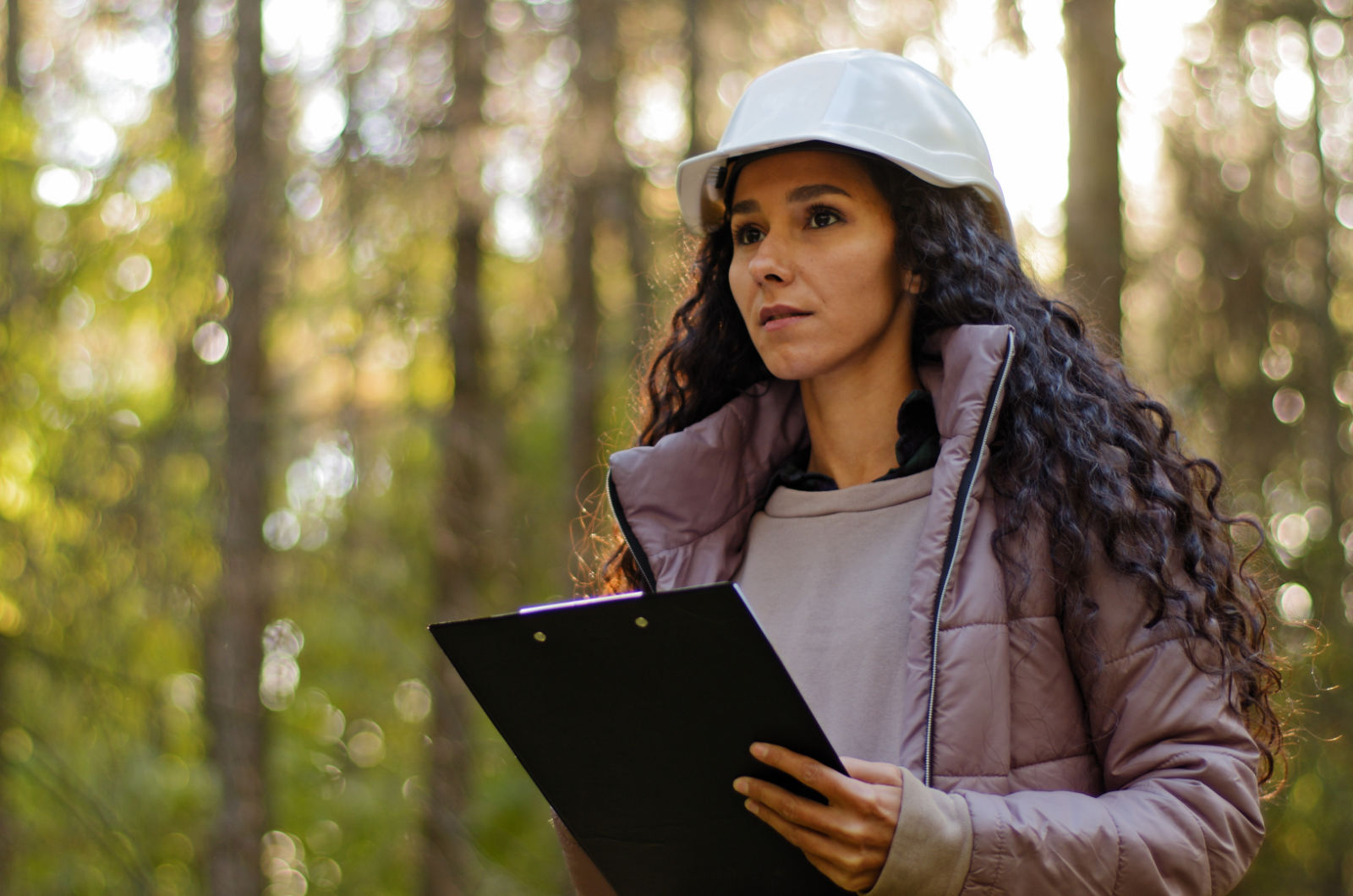
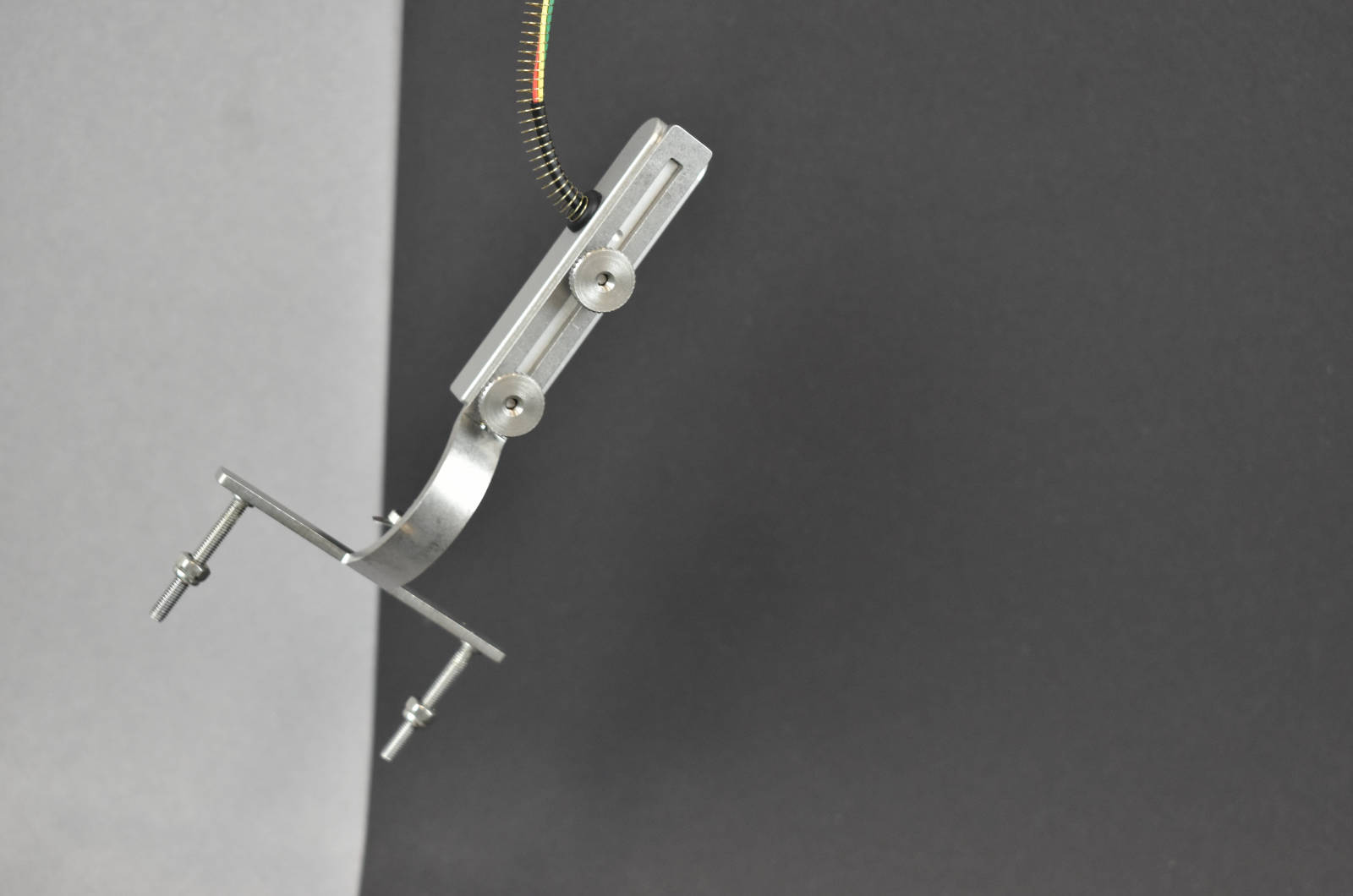 TreeSense Dendro
TreeSense Dendro
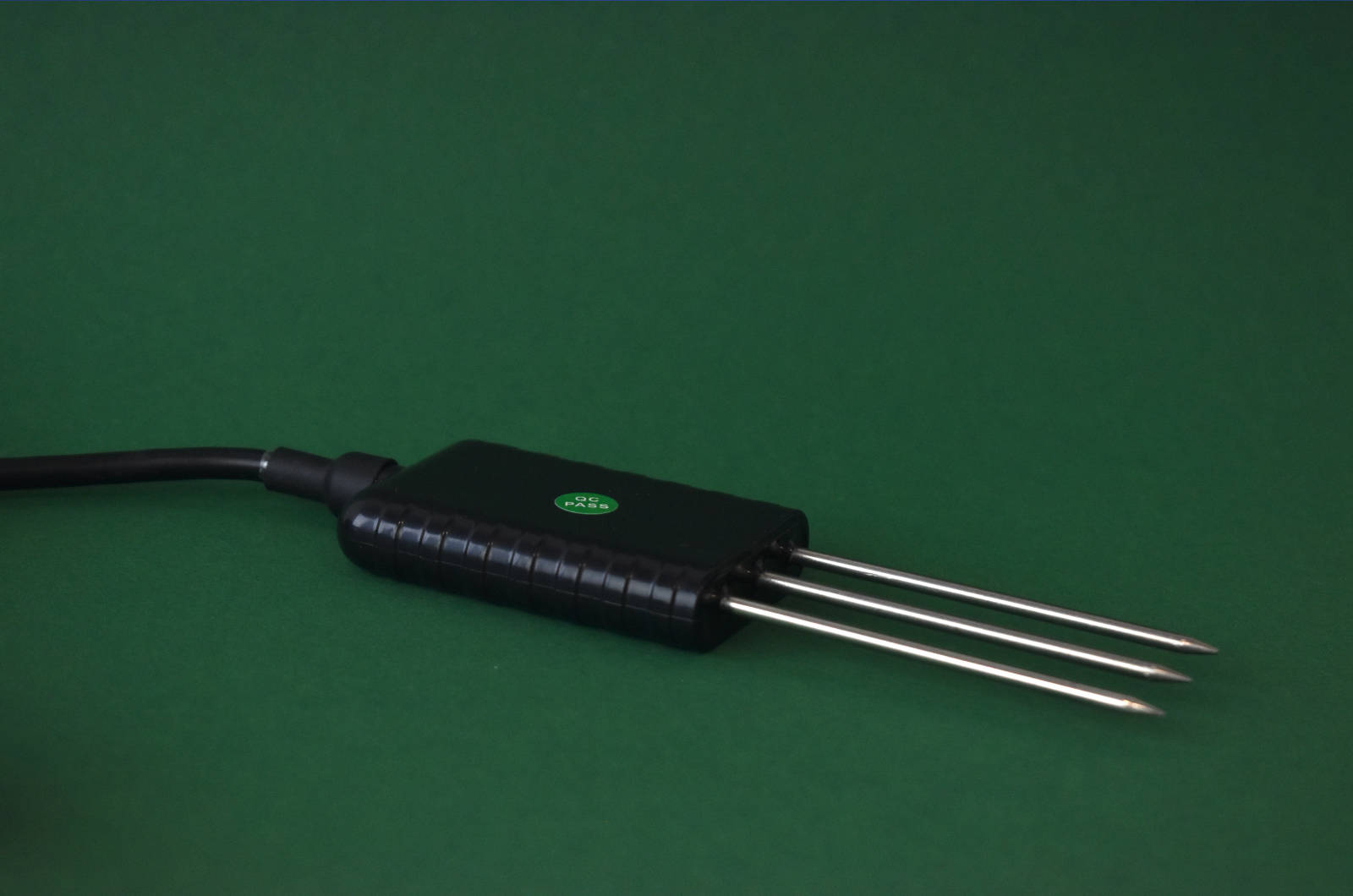 TreeSense FDR
TreeSense FDR
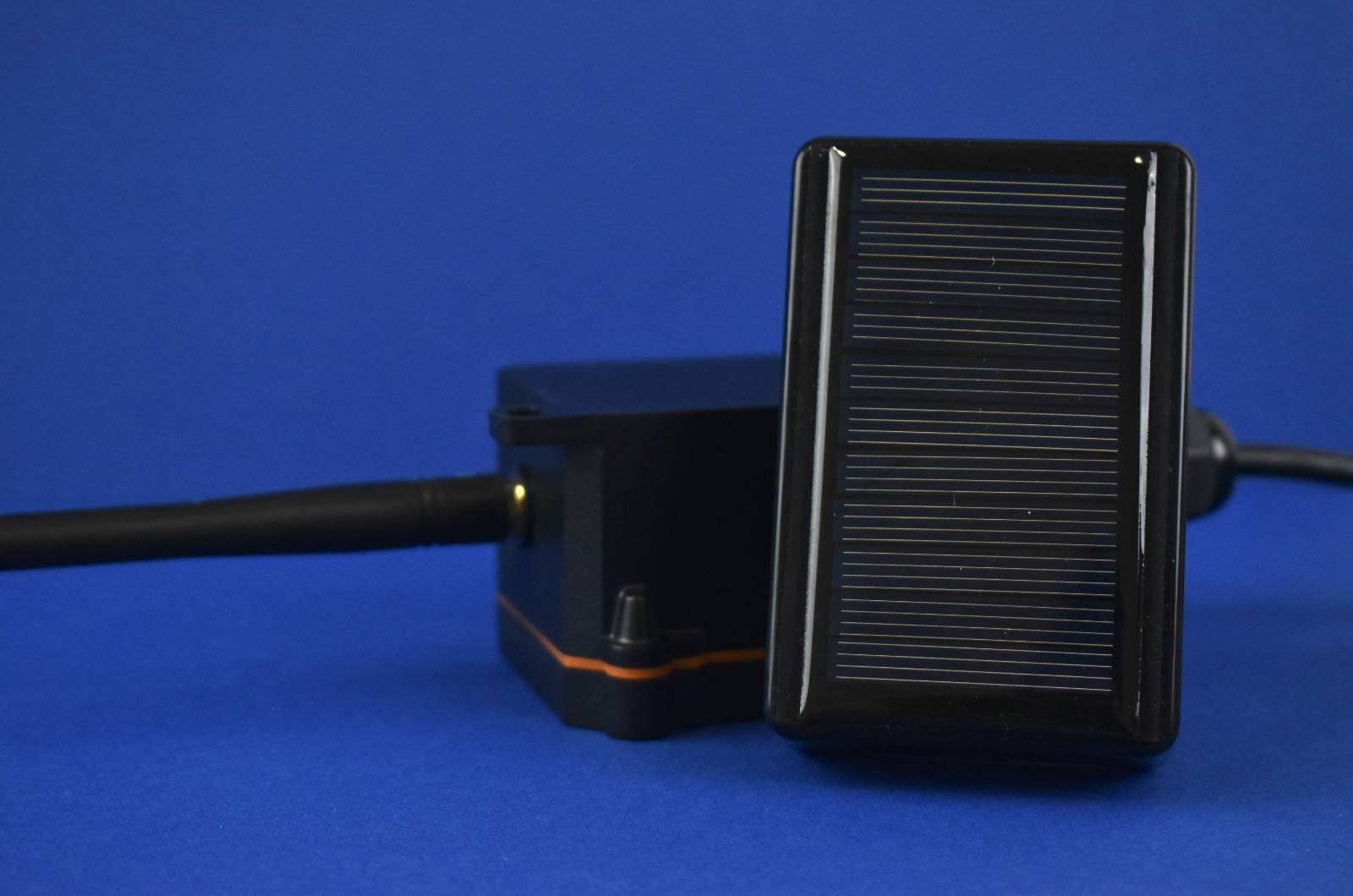 TreeSense Pulse
TreeSense Pulse
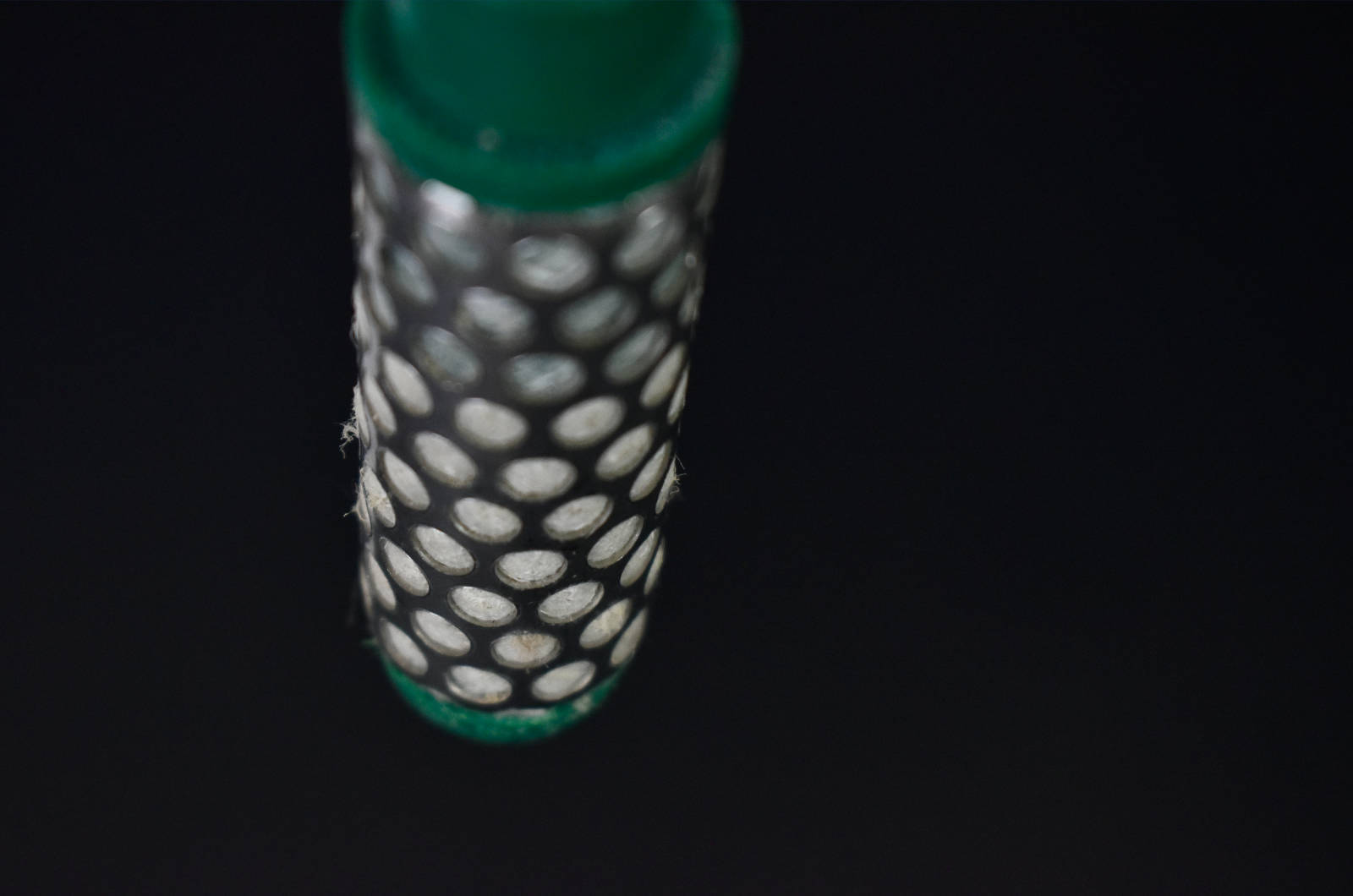 TreeSense Watermark
TreeSense Watermark


